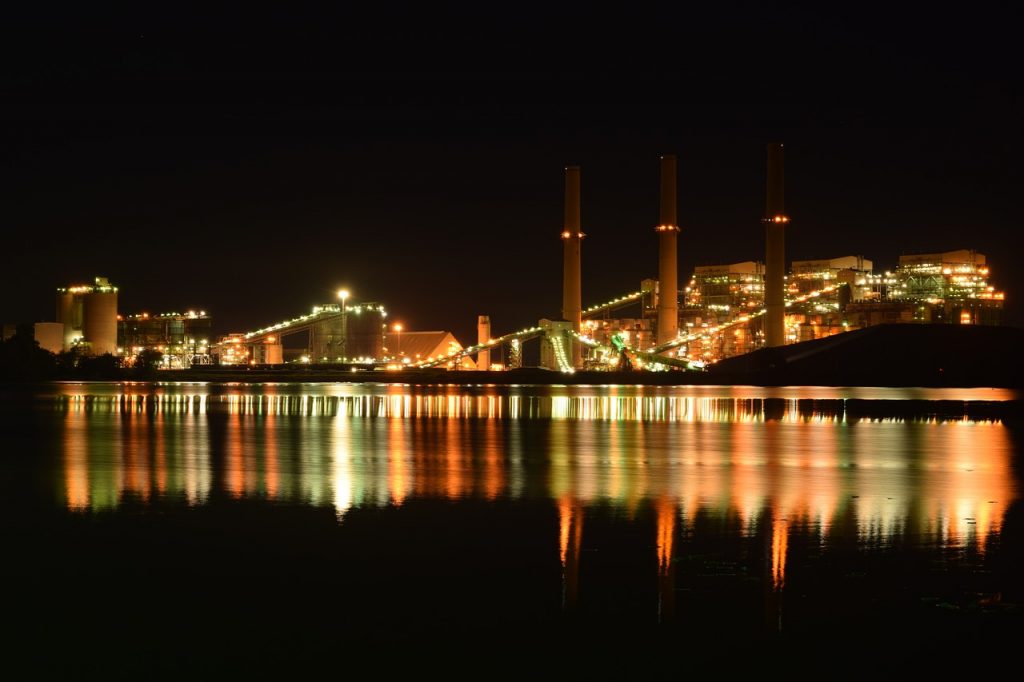A lot of people are now asking about the adoption rate of LEDs nowadays. This is especially so when the advancement of the LED industry has been moving at a very fast and aggressive pace. And also when LED manufacturers are continually forging ahead with production and innovation to meet the current demand for their products. This demand for industrial lighting comes from sectors such as electronics and television and residential lamp replacements. With that being said, the question we should be asking is: Is the industrial sector ready for LED lighting?
LED Industrial Lights: Tips for Safe and Efficient Use
Currently, when people want to know whether industrial facilities are deploying LEDs, the answer would be the adoption of LED industrial lighting is quickly taking ground in some sectors. Most of these sectors will most likely quickly take to LED lighting in the next few years. The change from traditional lighting to LED lighting is already currently taking effect. Now, the question is: “Why?”
Industrial Lighting Maintenance
Traditional lighting can be quite a liability. It can cost your business a lot in terms of energy consumption and maintenance costs. Now, when you’re already paying a lot, you expect quality light. Unfortunately, with traditional lighting, you get sub-par lighting instead. Don’t forget, unlike residential clients, who only use traditional lights a few hours a day, most businesses will be using these lights around the clock. Your electric bill will most definitely be high, to say the least. To best illustrate this point, residential lights would use about 40 to 100 Watts per lamp. Industrial lighting would use around 220 to 1,000 Watts per lamp. That means you’ll be looking at quite a monthly bill.
Looking at the maintenance side of things, industrial facilities are looking at a cost of $1 per sq/ft yearly. Having LED lights will greatly reduce the need of frequent maintenance as they have longer a lifespan and do not use too much energy to produce quality light. When you don’t spend a lot on cost, you’ll be able to see a return on investment for your LED installation in about 2 to 4 years. If you add on smart features to your LED system, you’re looking to further reduce your overall cost. Instead of your annual cost of $1 per sq/ft, you’re looking at $0.04.
Switching From Traditional Lights to LED Lights
When industrial facilities make a switch over to LED, it is easy to see that most sectors will take on the LED lighting system at a rapid rate. This is because of the wholesale shift the industry will commit to and the massive replacement of all existing traditional lighting to LED lights. Now, with all this being said, the next question is: Is it a safe investment to undertake long term? Is it sustainable? The best management teams have pointed out that the most technologically advanced products are the most sustainable and long-term investment you can make. This can be seen in the 2011 report of Sloan School of Management entitled ‘Sustainability Nears a Tipping Point’.
Conclusion
Lighting is an essential component of any facility. It is also the most expensive expenditure any industry will have to take on. This makes LEDs the perfect industrial lighting alternative to the current status quo in terms of cost. Also, because of decreased energy consumption, you’ll be able to see your return on investment quite quickly. Sustainability can also be provided by LED industrial lighting as seen in its ability to provide uniform and quality lighting for a long period of time.

